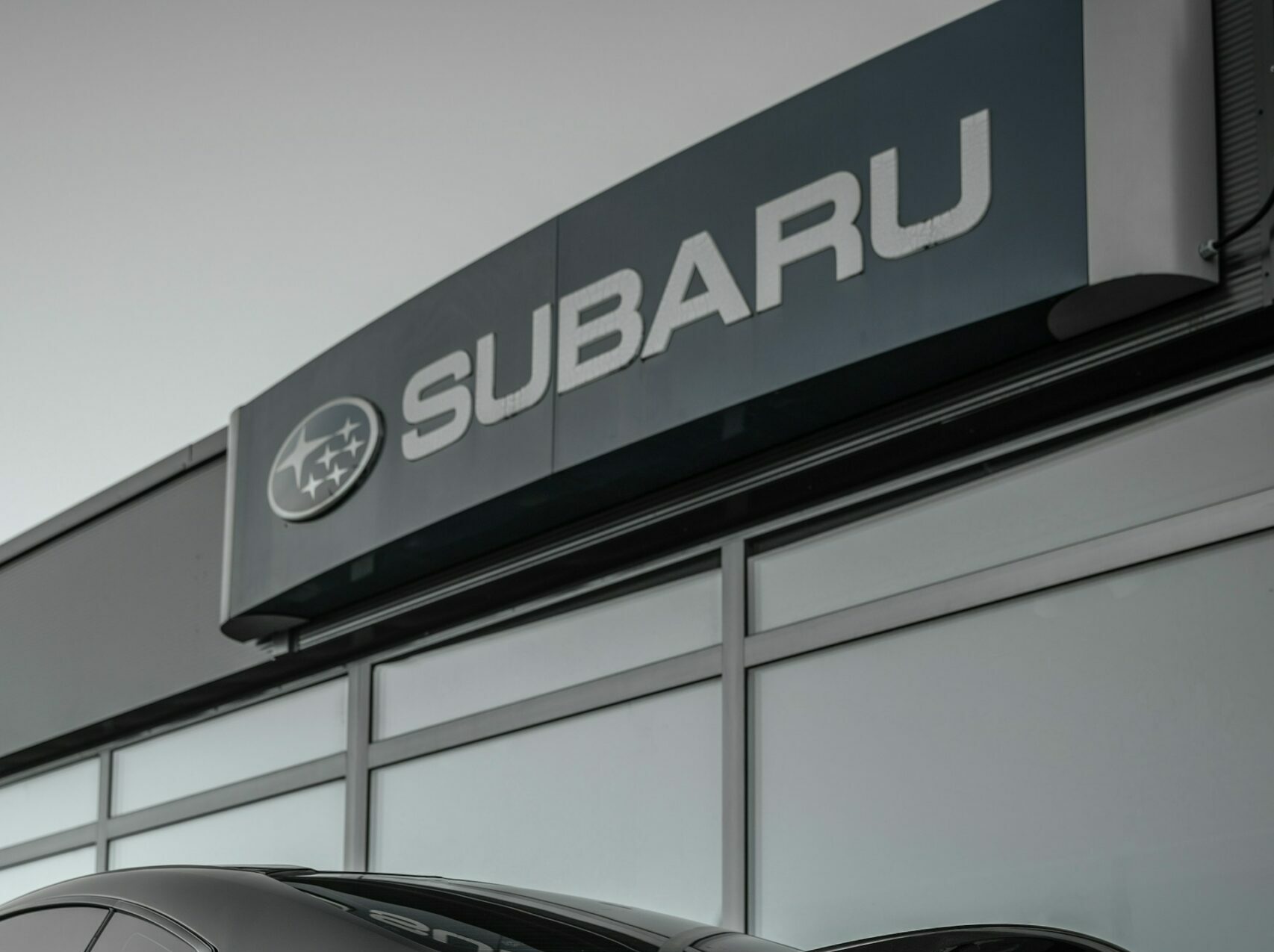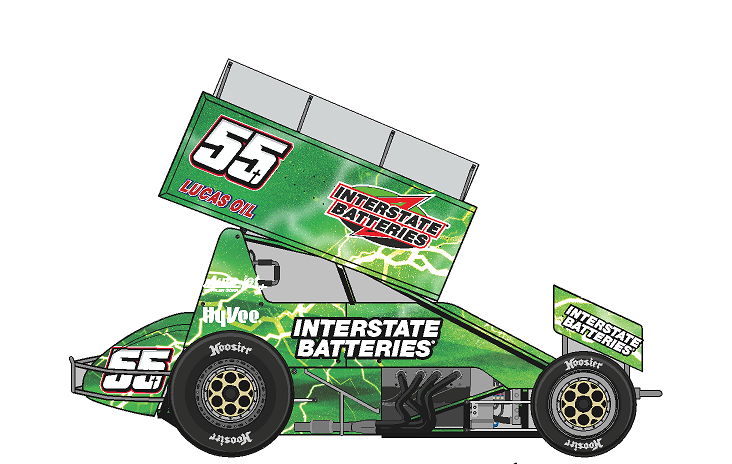The journey of customer service at Honda is a testament to the brand’s commitment to continuous improvement and customer satisfaction. This evolution has been influenced by changing market dynamics, technological advancements, and a deepening understanding of customer needs and expectations. At the Honda dealership in Plattsburgh, NY, as well as at other locations globally, Honda’s customer service strategies have transformed significantly, aiming to provide a holistic and enriching experience for every customer.
Early Days of Customer Service
Historically, the approach to customer service in car dealerships, including Honda’s, was fairly transactional. The primary interaction between customer and dealership was limited to the purchase process, with little emphasis on the customer’s journey before and after the sale. Early customer service focused mainly on closing sales and addressing mechanical issues, without a broader vision for customer engagement or satisfaction.
Transition to a Customer-Centric Approach
By the 1990s, it became clear that to differentiate themselves in a crowded market, dealerships needed to shift from a product-centric to a customer-centric approach. For Honda, this meant not just selling cars, but creating an experience that would build lasting relationships with customers. This shift was marked by a more attentive approach to understanding customer needs, preferences, and expectations, and tailoring services to meet these demands.
Integration of Technology in Customer Service
The integration of technology has revolutionized how dealerships interact with customers. At Honda, the adoption of digital tools has enabled better communication, more personalized service, and streamlined operations. Online platforms allow for scheduling appointments, previewing car models, and comparing options, all from the comfort of the customer’s home. In the dealership, digital kiosks and tablets make processes like checking in for service visits and reviewing financial options more efficient.
Focus on Employee Training and Development
Recognizing that the quality of human interaction can profoundly impact customer satisfaction, Honda has heavily invested in comprehensive training programs for all dealership staff. These programs are designed not only to enhance product knowledge but also to equip staff with advanced customer service skills. Training focuses on communication, empathy, problem-solving, and adaptability—skills that empower employees to deliver exceptional service at every point of contact.
Enhancing the Showroom Experience
The design and atmosphere of Honda dealerships have evolved to support a customer-friendly environment. Modern showrooms are more than just car displays; they are spaces where customers can feel relaxed and welcome. Comfortable seating areas, children’s play zones, and refreshment stations are just a few of the amenities designed to enhance the customer experience. These thoughtful touches make waiting times less cumbersome and transform the dealership into a more inviting place.
Implementation of Customer Feedback Systems
To refine and perfect its service offerings, Honda has put robust customer feedback mechanisms in place. These systems gather insights directly from customers through various mediums, such as direct surveys, digital feedback forms, and social media monitoring. This ongoing collection of feedback is crucial for Honda to understand customer satisfaction levels and identify areas for improvement.
Loyalty Programs and Customer Retention
Honda’s loyalty programs are structured to acknowledge and reward returning customers. These programs not only incentivize repeat business but also strengthen the emotional connection between the brand and its customers. Benefits often include discounts on maintenance services, parts, and accessories, as well as exclusive offers on new car purchases, all of which enhance customer loyalty and satisfaction.
Preparing for the Future of Customer Service
As we look to the future, Honda is embracing emerging technologies to further enhance its customer service. Artificial intelligence, for example, is being explored for its potential to offer personalized shopping experiences and predictive maintenance services. Moreover, big data analytics is increasingly used to gain deeper insights into customer preferences and behavior patterns, enabling Honda to tailor its services even more precisely to meet individual needs.
Conclusion
Honda’s evolution in customer service is a clear reflection of its dedication to not just meeting, but exceeding, customer expectations. Through strategic investments in technology, employee training, and customer engagement initiatives, Honda has established a new standard in automotive customer service. As the landscape continues to evolve, Honda’s commitment to innovation and customer satisfaction will undoubtedly keep it at the forefront of the industry, continuing to offer experiences that are as reliable and rewarding as the vehicles it sells.







